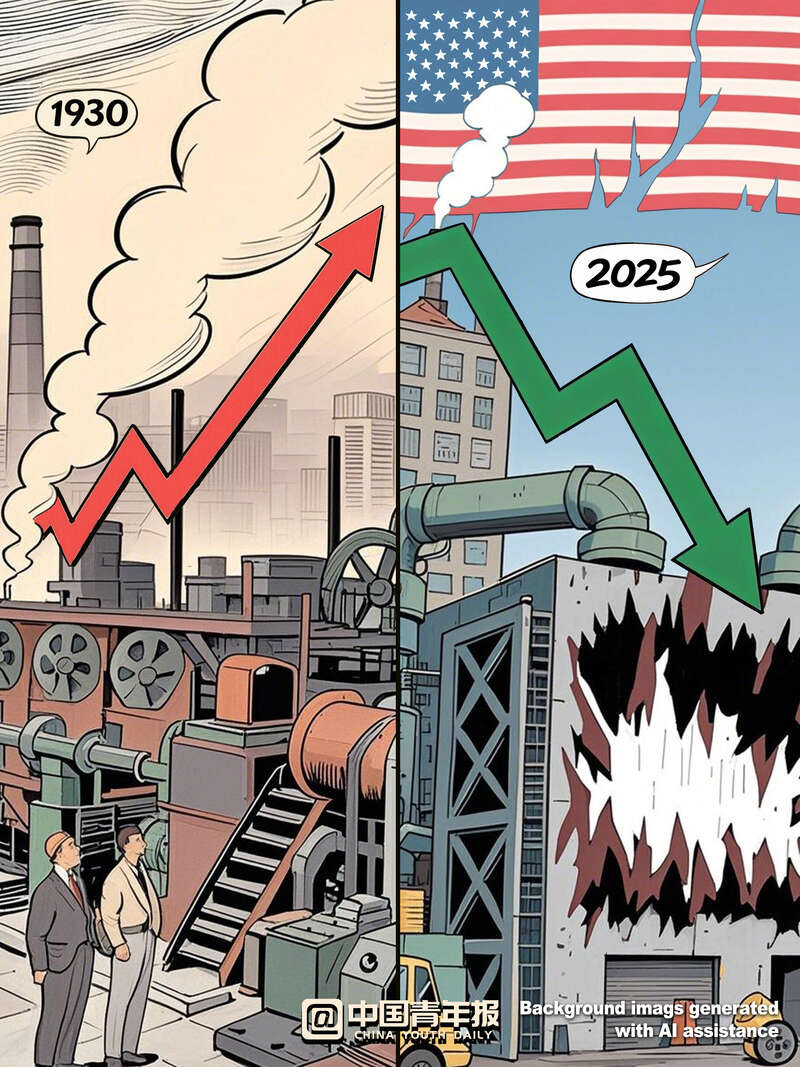Afterword | History repeats? U.S. is not U.S. of 1930s!
 Tariffs haven't been raised this dramatically in a long time, perhaps because the last time they were, the Smoot-Hawley Tariff Act of 1930 made the Great Depression much worse.
Tariffs haven't been raised this dramatically in a long time, perhaps because the last time they were, the Smoot-Hawley Tariff Act of 1930 made the Great Depression much worse.
Following the stock market crash in 1929, the U.S. Former President Herbert Hoover signed the act into law to protect American farmers and manufacturers against imports from Europe. As a result, trade between the U.S. and Europe declined by two-thirds, and European banks began to fail. With a weakened world economy, extremist ideologies flourished in Europe and World War II began.
The U.S. President Donald Trump claimed that the tariffs would help bring manufacturing back to the U.S., but that remains a difficult proposition. At present, most American factories cannot match China's manufacturing capabilities, capacity and speed even if the tariffs eat into its cost advantages.
More importantly, the U.S. is no longer the country it was in the 1930s, when manufacturing was on the rise. The U.S. manufacturing base is "hollowing out", as the White House website admits. The sharp fluctuations in the U.S. stock market in recent days have confirmed that the sweeping U.S. tariffs will only push the U.S. into a situation of confrontation with the world, and the ultimate cost will be borne by the U.S. itself. (Text/Ma Ziqian, Picture/Chen Yulong)


